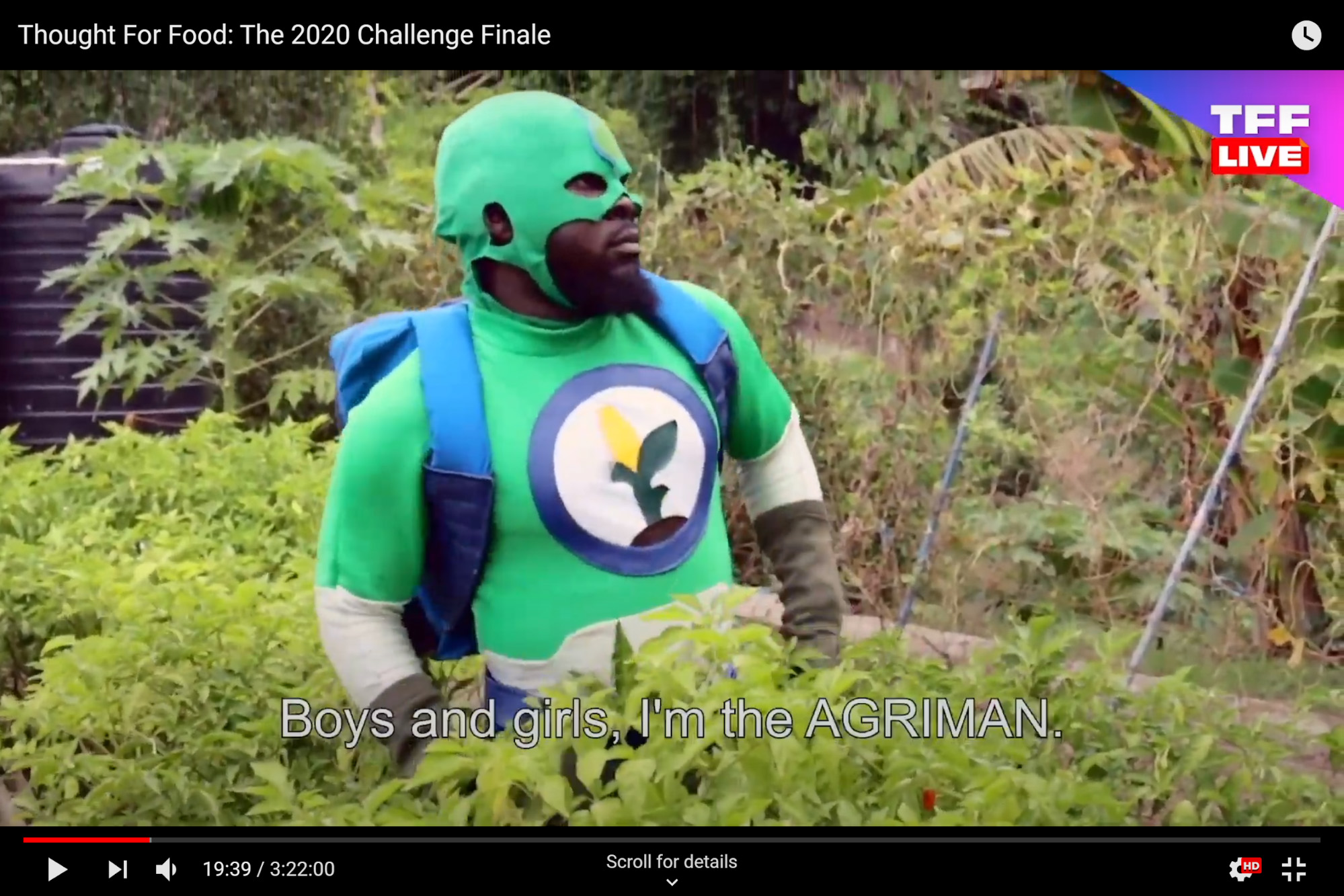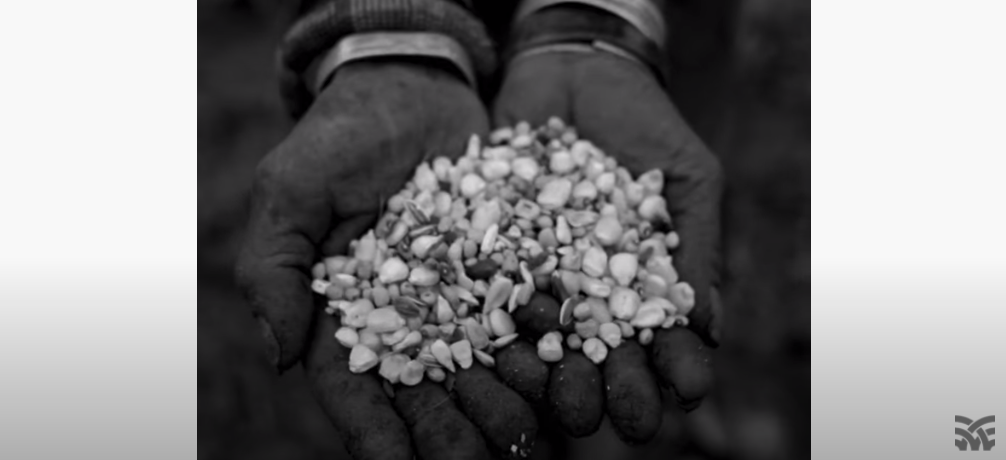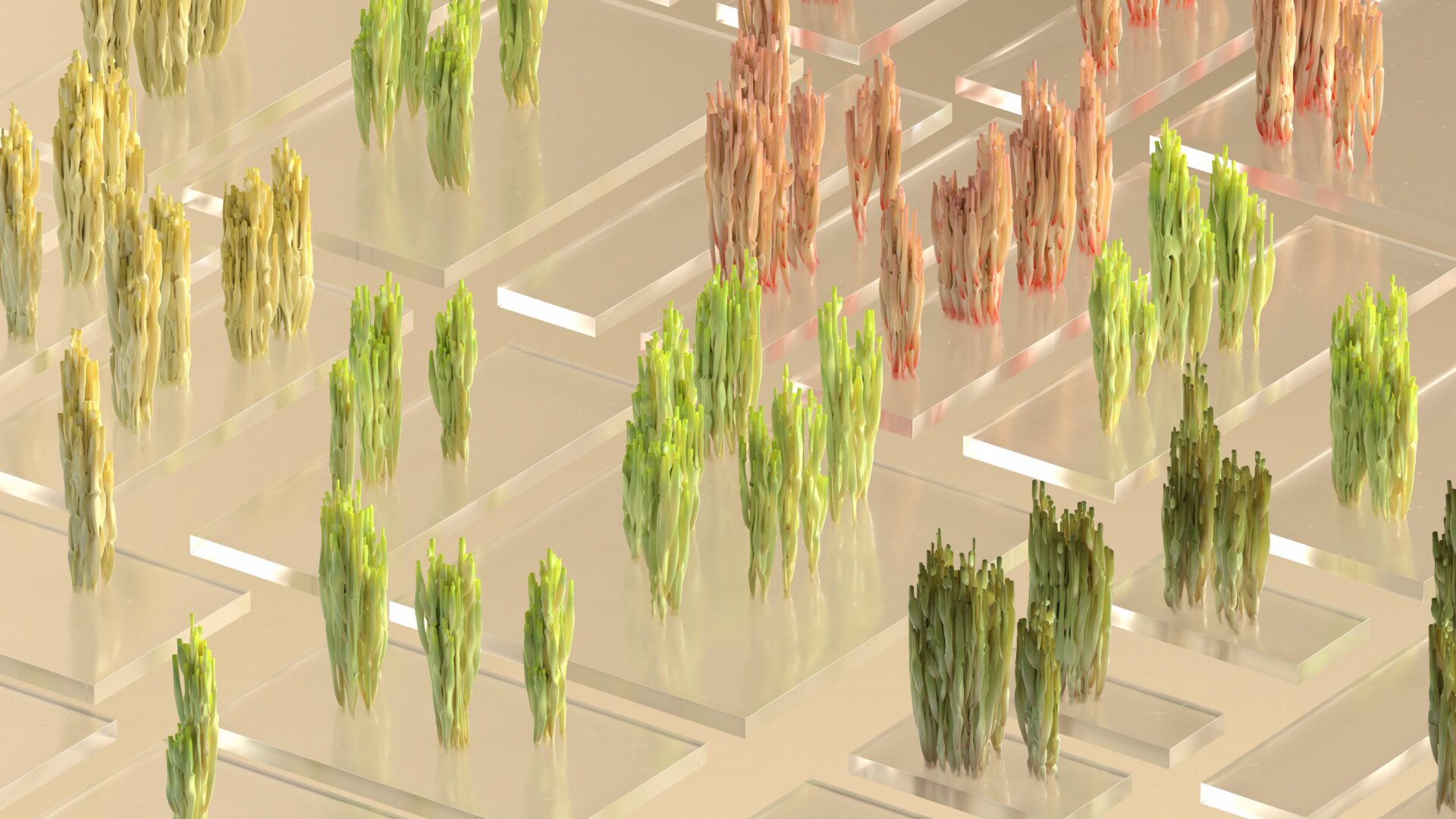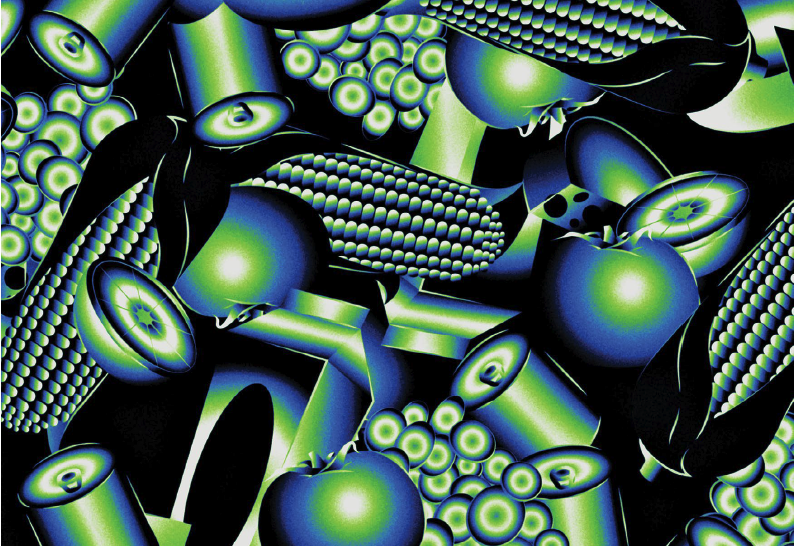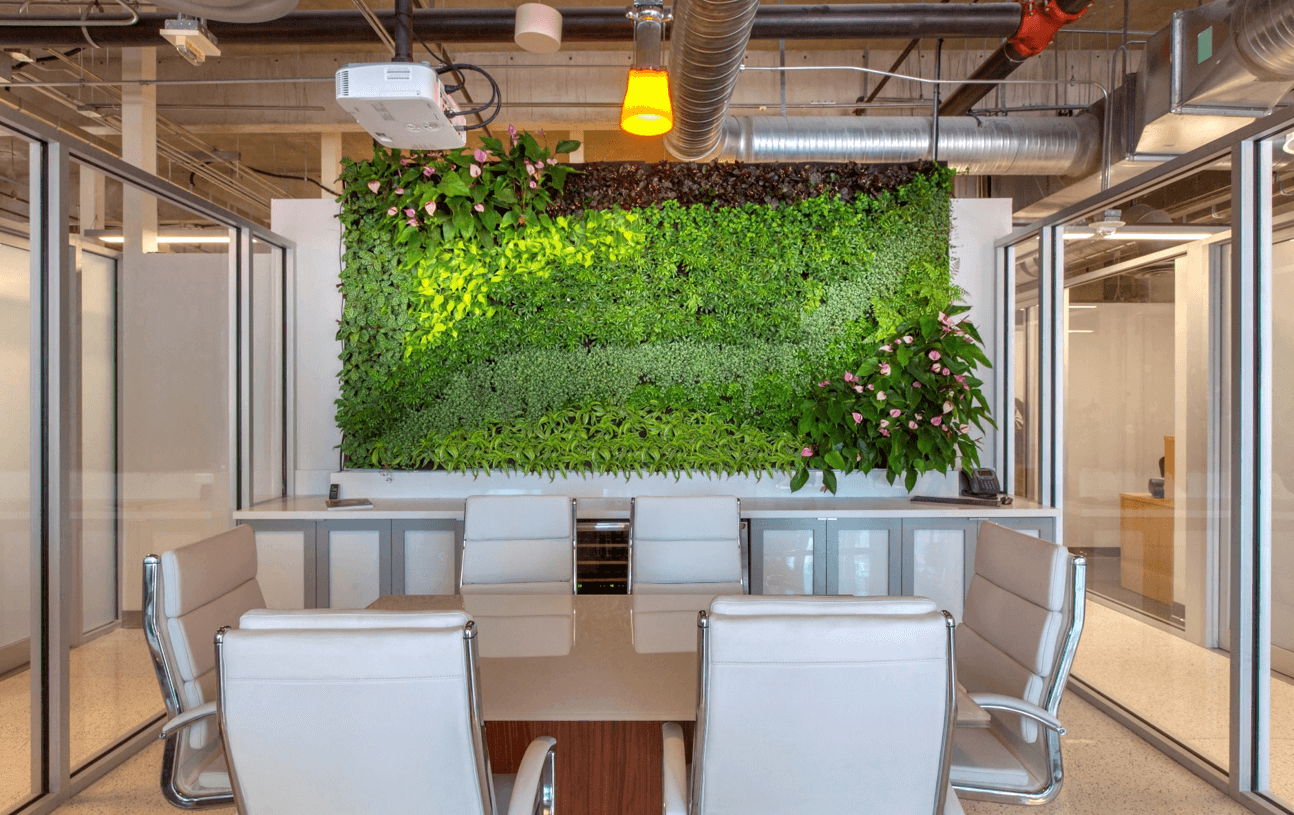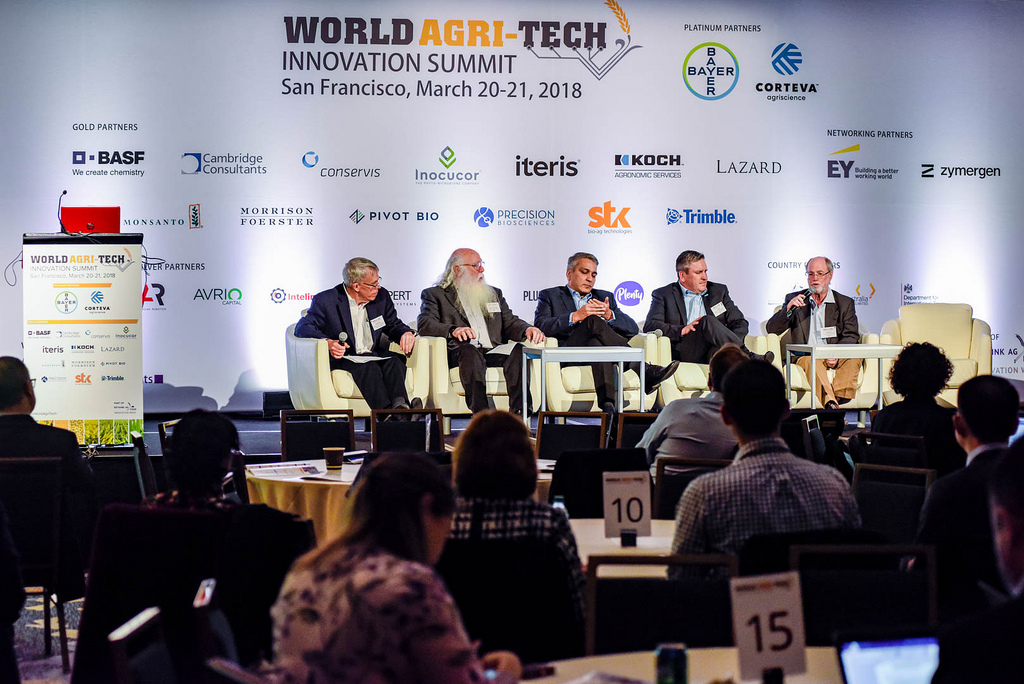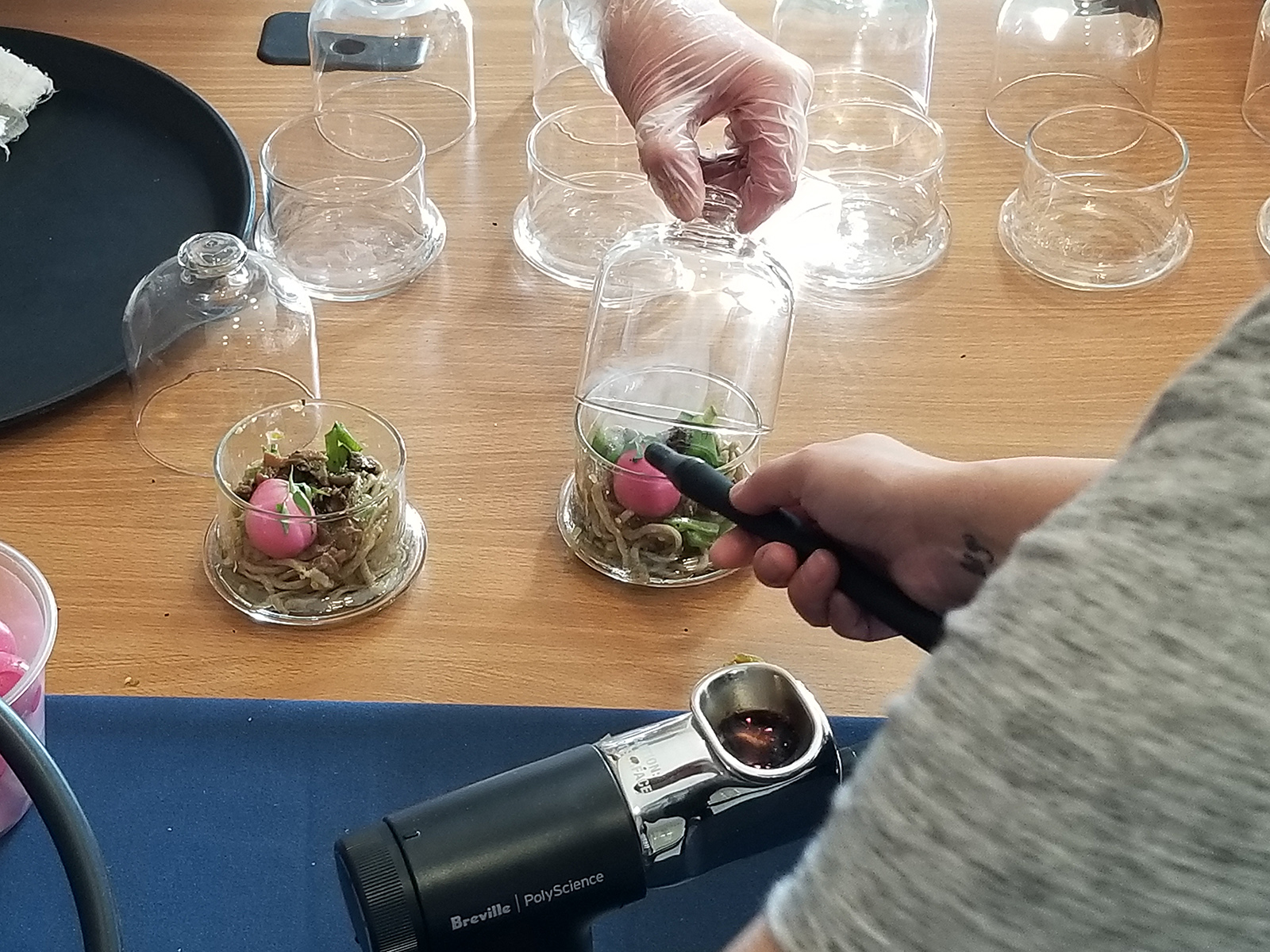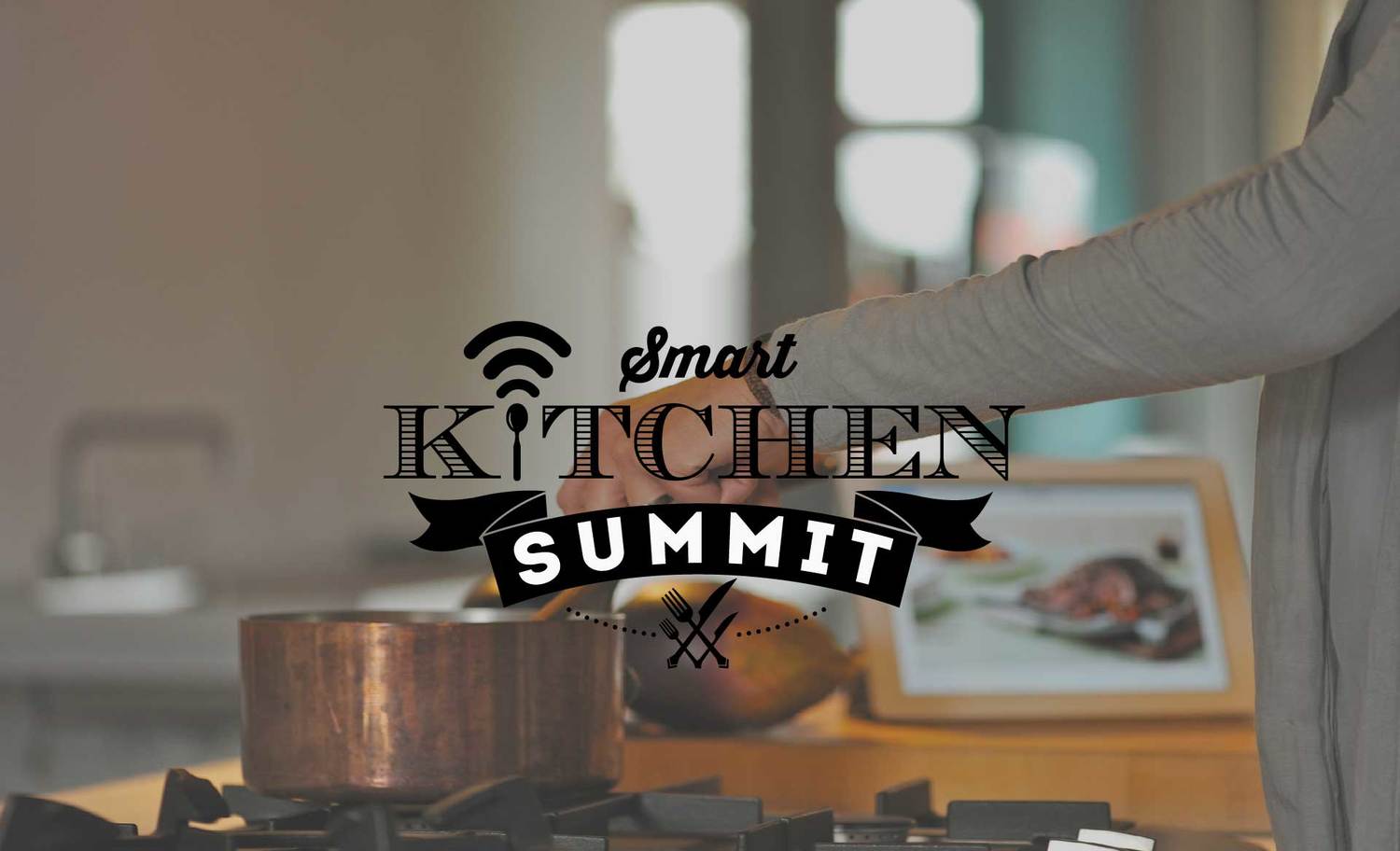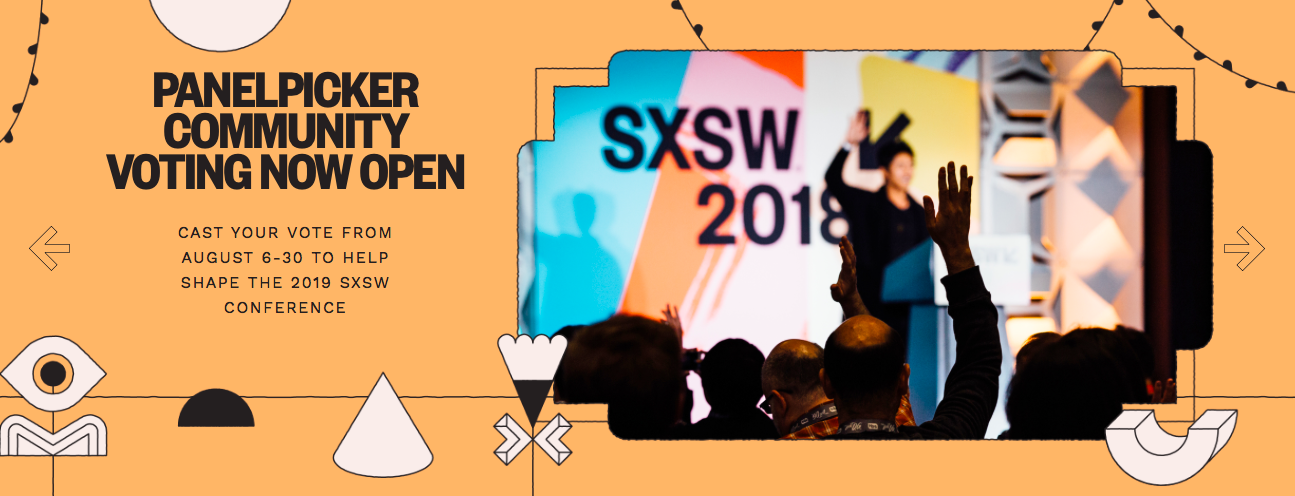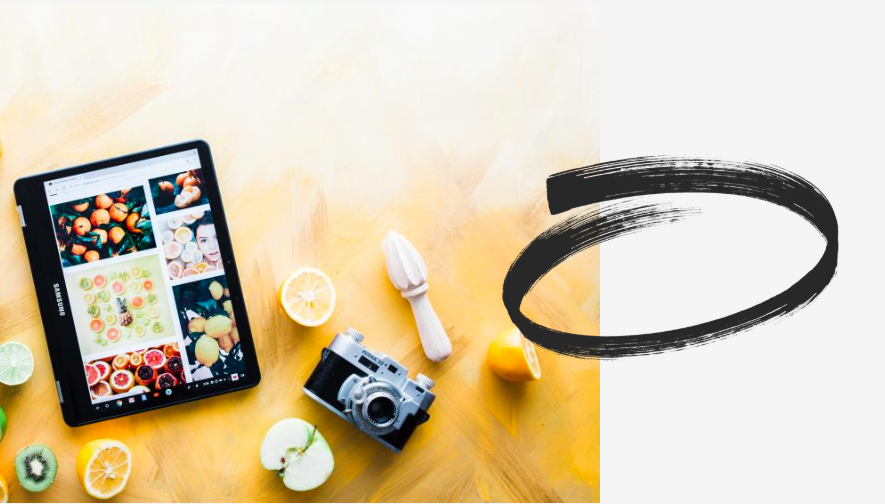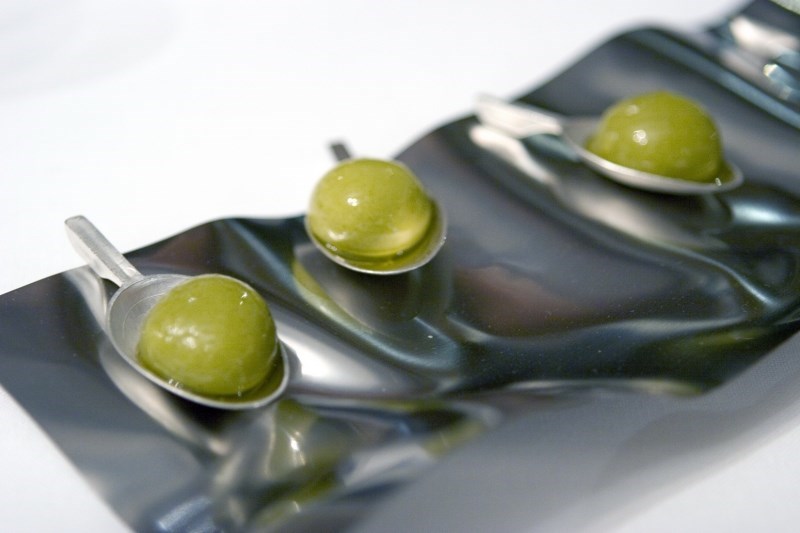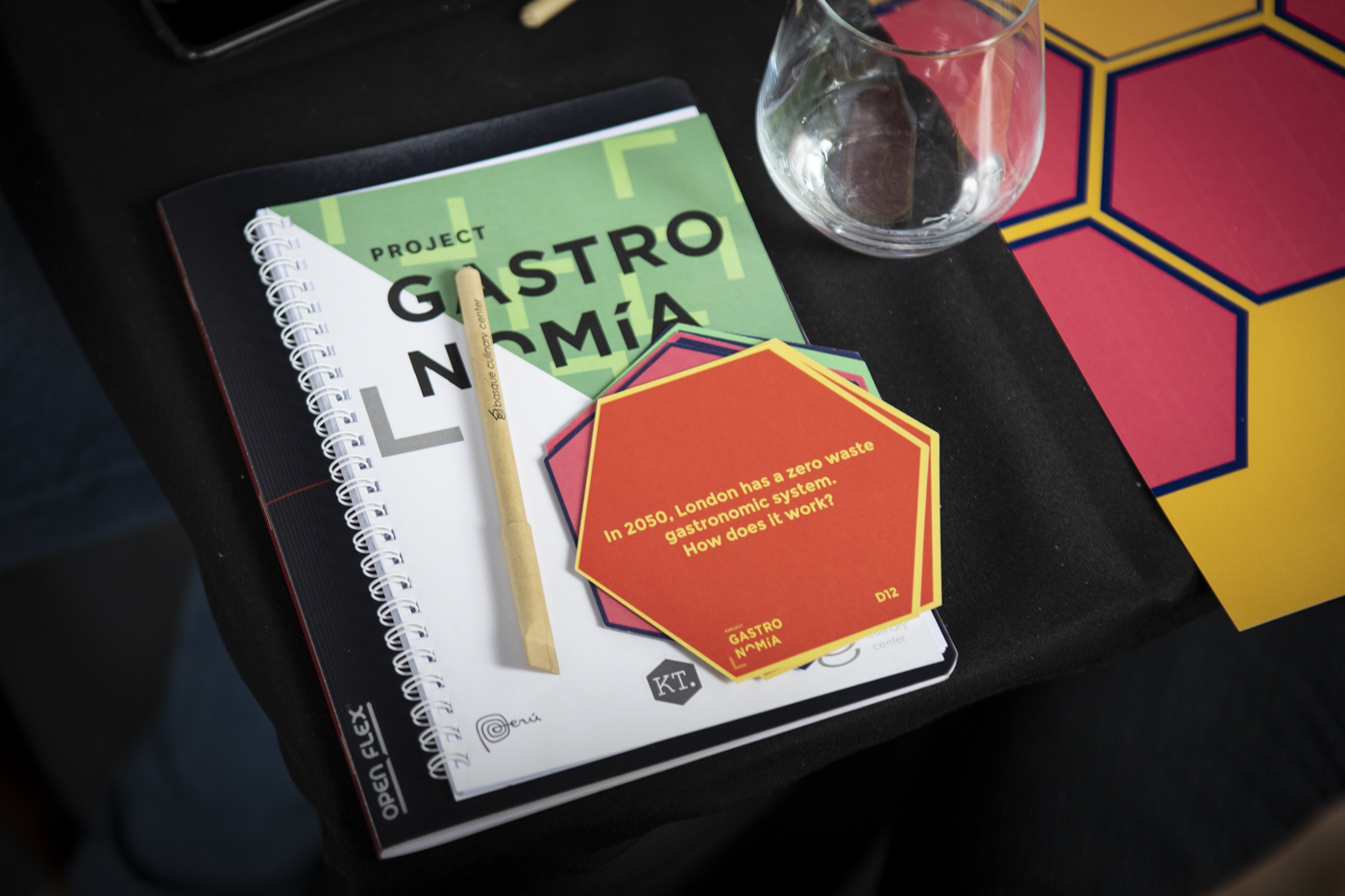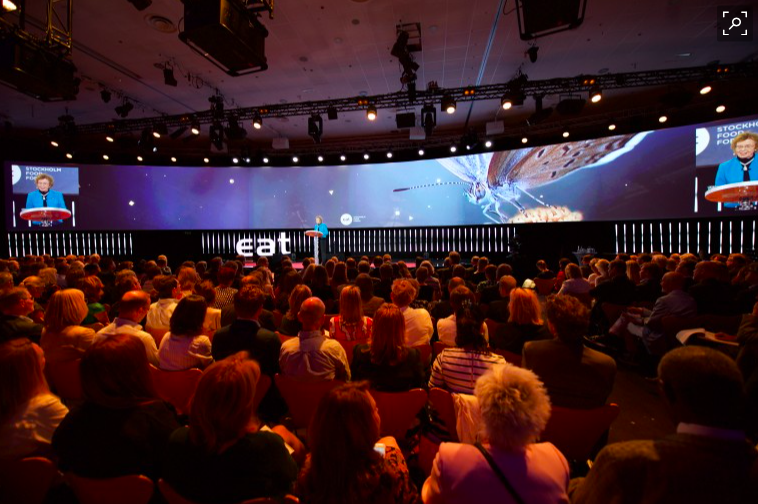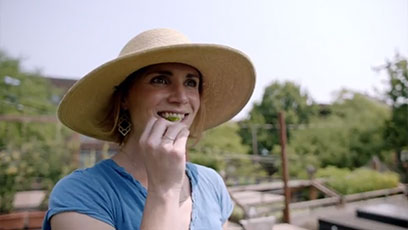With the sun shining on the snow-covered landscape on a brisk February morning in the Hudson Valley, 60 passionate tinkerers gathered in the greenhouse at the Stone Barns Center for Food and Agriculture to look at hoes, tractors, weeders and tillers. Unlike the heavy equipment one might find at the World Ag Expo or the Farm Machinery Show, the equipment being shown was designed to be lightweight, ergonomic and versatile—tools to get farmers closer to their land. Representatives for the “show and tell of tools,” included Green Heron Tools (ergonomically designed for the female body), French specialists Terrateck, Horace Cleber’s open source Ogun tractor, and the latest from Johnny’s Seeds. The showcase was an expo of ideas and developments to kick off the first Slow Tools Conference bubbling up from a community of farmers, engineers and designers who have been addressing the lack appropriate equipment available to small to medium scale farmers in North America.
Loosely formed in 2011 as a working group that met the weekend after the annual Young Farmers Conference, the Slow Tools group has grown since thento include over 7,000 members on their Facebook group. The first Slow Tools Conference worked to create a common language between stakeholders in this movement—the farmers, designers, engineers, tinkerers and systems thinkers. Through discussions about challenges facing slow tool developers, building local economies and communities, manufacturing, trialing and safety issues, to design thinking and collaboration, the two-day event created plenty of space for participants to discuss their own process, support one another with projects, offer advice and most importantly connect.
 Participants in a design thinking charrette exchanging ideas in a low-risk creative exercise.
Participants in a design thinking charrette exchanging ideas in a low-risk creative exercise.
This sense of connection is critical for the group to actualize and prototype tools at scale for farmers working across a diversity of environments and systems. In “Facilitating Collaboration,” a moderated conversation below with Dorn Cox (Research Director at Wolfe’s Neck), Jesse Smith (Director of Land Stewardship at White Buffalo Land Trust), Ankita Raturi (Purdue University) and Doug Zehr (Tilmor), the group approached the question of best practices for working across disciplines with deep knowledge and vast experience working in sectors as broad-ranging as governmental programs, international development, software development, sales and manufacturing, product design and online open source communities. Ultimately, they agreed that by establishing the scaffolding of an open architecture for slow tools, the movement would have a solid foundation from which to build open source systems and components. Moderated by MOLD’s editor LinYee Yuan, you can watch the full panel below:
